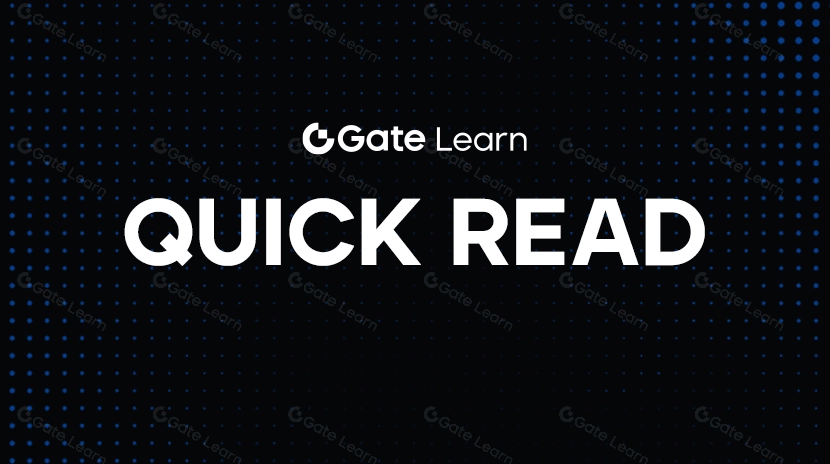前言
根据 TON 官方公布的 2025 年上半年技术路线图,这一次技术升级明确剑指三大核心目标:缓解拥挤、提升扩展性、强化网络稳定,而这场升级分成四个模组,每个都对应著 TON 走向全球 Web3 入口的关键拼图。
主网 Accelerator 升级
这是 TON 有史以来最大规模的主网升级,核心在于启用 Infinite Sharding(无限分片)架构,意图从根本上解决区块链网络易挤塞的老毛病。
1. 分片链追踪优化:
传统区块链中,节点通常需要同步大量链资料,但在 TON 的新架构下,节点只需追踪主链与关联分片,大幅降低运行成本与硬体需求。
2. 验证者功能分离:
TON 将原本单一的验证者(Validator)职责划分为收集者(Collator)与验证者,一方专职收集交易、一方专职验证出块,有效提升整体处理效率与出块稳定性。
这项升级不只是为了撑住网络,更是提前准备迎接未来千万级 Telegram 用户进入 Web3 的高频交互。
Layer 2 支付网络
TON 正在测试一套类似 Bitcoin 闪电网络的 Layer 2 支付方案,核心目标就是实现即时、低费用、超高频的资产交换体验。其适用场景为:
- Telegram 机器人游戏中的 Jetton 消费
- 小额打赏、数位内容购买
- 聊天室中直接支付转帐
未来透过这条 Layer 2 网络,Telegram 用户只需点一下,就能即时转帐 Jetton,甚至比发一条讯息还快,这对希望在 Telegram 上构建小游戏、社交应用、或内容创作者打赏机制的开发者来说,是天大的好消息。
BTC Teleport 上线
区块链应用若要起飞,资产互通是基础条件,TON 推出的 BTC Teleport,正是一项点对点、低信任依赖的比特币跨链解决方案。其重点特色为:
- 透过最小化信任的桥接机制(Non-Custodial Bridge)
- 不依赖中央机构审核
- 降低用户门槛与风险
TON 生态中的用户可将 BTC 引入 TON 网络参与 DeFi、支付或交易,而不需经历繁琐或风险高的桥接过程,TON 正式敲开主流资产互通的大门,也为其 DeFi 生态打下扎实基础。
验证者与基础设施优化
再酷的功能,没有稳定运行的基础设施也只是空中楼阁,TON 本轮升级也同步强化节点与验证者的操作工具与安全防御。
1. 推出多项管理工具:
- MyTonCtrl:节点资料备份与恢复功能
- Telegram Bot 机器人通知:即时提醒节点状态
- Web 仪表板:提供图形化监控界面,提升可视化管理效率
2. 安全与惩罚制度优化:
- 若节点在指定轮次内未成功出块,将遭遇惩罚
- 正开发新版 TON Proxy,提升抵御 DDoS 攻击能力
- API 升级:增加模拟交易、网域查询、暂停操作等功能
TON 不只是给 Web3 开发者工具,更是把整个操作体验打磨到极致,让新手也能轻松跑节点,让老手能稳定部署 DeFi、游戏、Bot 工具等应用。
如果你想了解更多 Web3 内容,点击注册:https://www.gate.com/
总结
如果说以太坊是智慧合约的启蒙导师,那 TON 可能会是Web2.5 到 Web3 的最短桥梁,从 Telegram 用户切入,用熟悉的介面做陌生的事;从聊天开始,进入资产、身份、应用互通的新世界。这一次的四大升级,不只是技术补强,而是整个 Web3 生态的战略打底,在去中心化的日常应用还没彻底爆发前,TON 这一波布局,很可能就是下一场大迁徙的预兆。





